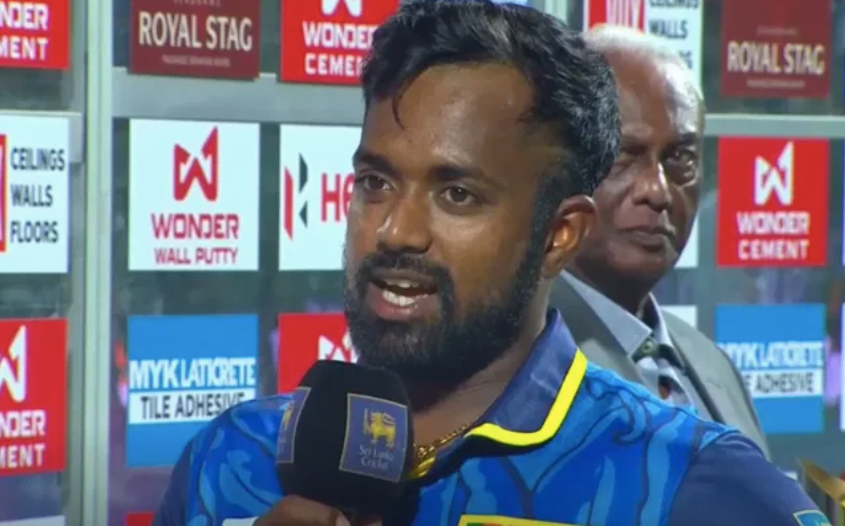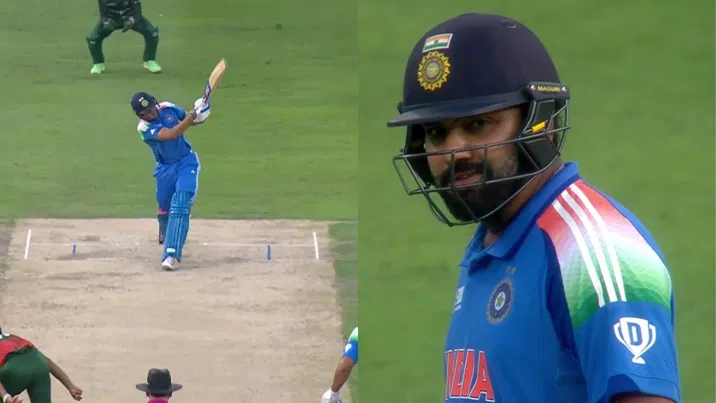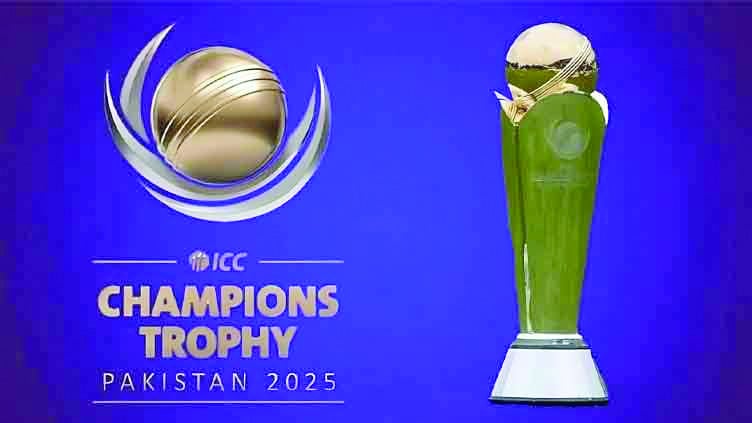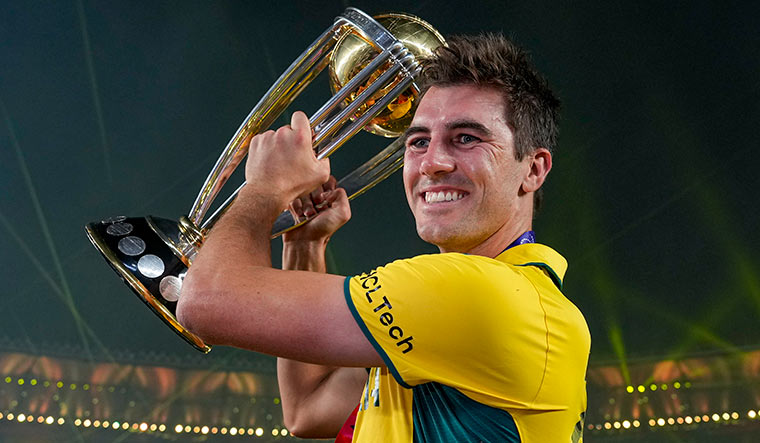
(Source X)
Charith Asalanka embarked on his journey as the full-time ODI captain of the Sri Lankan National Cricket Team in the opening One Day International of the three-match series against India on Friday, August 2, at the R Premadasa Stadium in Colombo.
Asalanka’s elevation to captaincy was a notable shift in leadership. He was named the new Sri Lankan T20I captain prior to the India series, stepping into the role after Wanindu Hasaranga resigned following the T20 World Cup 2024 disappointment. His appointment in the T20 format was anticipated given his strong candidacy for the role.
However, the decision by Sri Lanka Cricket (SLC) to make Asalanka the ODI captain caught many off guard. Kusal Mendis had only recently been confirmed as the full-time ODI captain in December 2023, following his stint leading the team in several ICC World Cup 2023 matches on an interim basis.
Under Mendis’ leadership, Sri Lanka achieved a commendable record with 6 wins out of 8 completed ODIs. Despite this success, the selection committee chose to replace him. His tenure saw the team secure five consecutive home victories against Afghanistan and Zimbabwe, although they did suffer a 2-1 defeat in an away series against Bangladesh.
The Sri Lankan team entered the ODI series in a difficult position, having been swept in the T20I series by India, including a particularly disheartening loss in the final match. Additionally, the team faced further challenges with several key players sidelined due to injuries and illnesses before the start of the ODI series.
In the afternoon, it turned more. Under lights, it became easier to bat – Charith Asalanka
Winning the toss and choosing to bat first in the ODI series opener, Sri Lanka managed to set a respectable total of 230/8 despite a challenging position at 101/5. A crucial contribution came from young Dunith Wellalage, whose 67-run innings played a significant role in helping the hosts reach a competitive score.
Sri Lanka’s bowling began poorly, with Rohit Sharma taking advantage of their early bowlers. However, they staged a strong recovery in the middle overs, reducing the Indian side to 132/5 within 25 overs. KL Rahul and Axar Patel then put pressure on the Sri Lankan bowlers with a 57-run stand, but the hosts regained control by dismissing both Rahul and Axar in consecutive overs. In a thrilling conclusion, Charith Asalanka claimed the final two wickets, taking out Shivam Dube and Arshdeep Singh in successive deliveries, to level the match by bowling India out for 230.
During the post-match presentation, Charith Asalanka expressed his confidence in his team’s ability to defend the total, highlighting his belief in their capabilities.
“I did (believe we could defend the total), but we should have done a bit more well to restrict them under 230.
Charith Asalanka responded to Rohit Sharma’s remarks that the pitch conditions were consistent for both teams throughout the match. Asalanka countered, arguing that Sri Lanka faced more challenging conditions while batting compared to India, who had a more favorable experience under the lights. He elaborated on this perspective:
“In the afternoon, it turned more. Under lights, it became easier to bat. (Bowling himself) The left-hander came in to bat and I thought I could bowl as it spun a lot. I am happy about the the energy in the field and the way the boys played in the second half. Dunith’s knock and Nissanka batted extrmely well.”
The second ODI of the series between the India National Cricket Team and the Sri Lanka National Cricket Team is scheduled to take place on Sunday, August 4, at the R Premadasa Stadium in Colombo.




